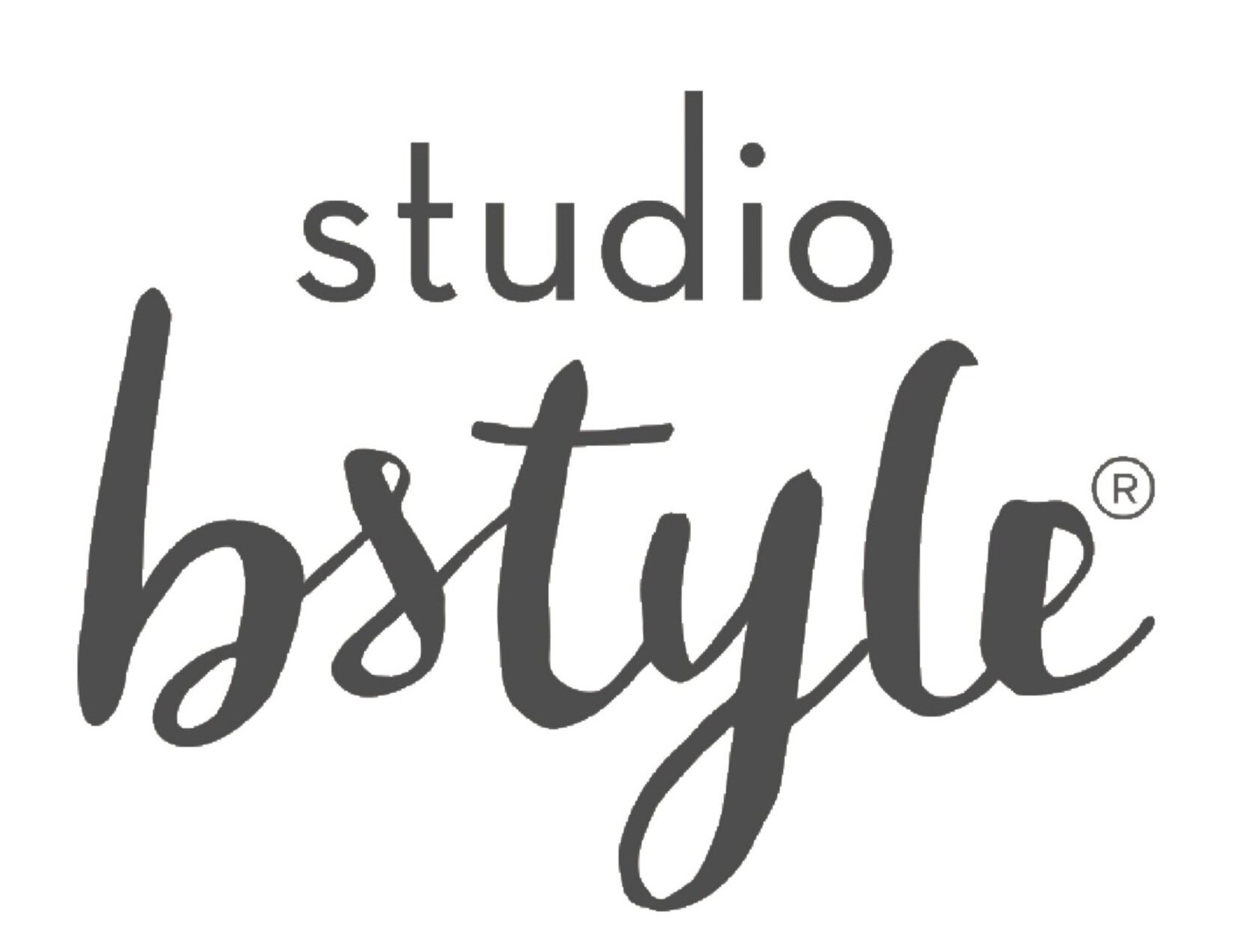Vintage Value and DIY Design
By Barbara Schmidt, studiobstyle.com
In a time when many people are strapped for cash, it becomes increasingly important to get the most possible value for your dollar. The interesting thing about value is that it is partially subjective; an item might be worth more or less to you depending on your personal taste and needs. With that in mind, there are still tried-and-true ways you can maximize value and carry it over to your DIY design projects.
Vintage glasses listed on our studiobstyle home page. Find us on instagram @studiobstylehome
When I’m shopping for value, I ask myself questions about each item I look at. How long will my purchase serve its purpose? Did my purchase support a local business or help invest in my community? Is it eco-friendly, does it have additional functions, is it easy on the eyes? Being able to ask and answer as many questions like these as you can will give you the best possible assessment of something’s value to you.
Being short on money can also lead to being short on time, however, and maybe you can’t dedicate your schedule to asking questions about every little thing you come across. That’s okay! There are some shortcuts you can take in the assessment process that won’t make you miss out on any value.
Vintage terrarium listen on studiobstylehome. Find us on instagram @studiobstylehome
Vintage is the magic word when it comes to value. Vintage items have already proved that they can last a long time, tend to have a distinct aesthetic, and buying them secondhand is even better for the environment than recycling, let alone buying something brand-new. Furthermore, most shops won’t sell items that are in awful condition and/or can’t be used for anything; they have already seen value in an item, and that means you can see it too!
One of the other great qualities of vintage items is that you may already have a few of them kicking around. If you like anything you already own, that means you can look for items similar to it and items that work with it in a design or collection, instead of hoping you find inspiration out in the wild. Since value is partially subjective, pieces that are perfect for your needs might be available at bargain prices from thrift stores or vintage/antique vendors.
West Elm pillows listed on our home page. Find us on instagram @studiobstylehome.
If you don’t have your own vintage pieces to start from, turn to social media. Sites like Instagram and Pinterest exist to show you other people’s design and fashion projects, and Pinterest in particular makes it easy for you to pick and combine design elements into a digital design board. Find colors, layouts, spaces, and products you love, and then shop for value and build on those ideas to make them entirely your own.
Your other key to maximizing value is creative thinking. So far I’ve talked about ways to narrow down your shopping options to things that you specifically want in your design, but you also need to be able to recognize when a find can be more than what it appears to be. When an old trunk can become a coffee table, or a mirror can become a jewelry tray, that item’s value increases as it offers more possibilities to you. If you see something in a piece that others don’t, that’s a good sign: it means you’re thinking creatively, and that piece will probably be yours for a lot less than its worth to you.
West Elm pillows listed on our home page. Find us on instagram @studiobstylehome.
Now you’ve identified your items, collected ideas, and synthesized your design. It’s time to apply it. Barbara Schmidt and Hailey Foeller, the designers of studiobstyle, recommend starting from scratch by emptying out the room you’re working on. If you’re developing a room piecemeal, one vintage find or Pinterest binge at a time, you might not like hearing that you should uproot your project, but starting on a fresh canvas will give you a better, big-picture idea of what you want from the room.
Choose something big as your focal point in the room, like a seating area, TV, or window. Everything in the room should revolve around that focal point, by drawing eyes toward it or highlighting its best features. Be ready to rearrange furniture if it helps make the focal piece pop, and find ways to accent your focus and theme via lighting, color, and shape.
By using your freshly-amassed collection of decor pieces and inspired ideas, you can turn any room into a thoughtfully designed space at DIY prices. Seeking inspiration? Check out studiobstylehome to review our inventory of discounted vintage and designer goods, and our social media pages.




